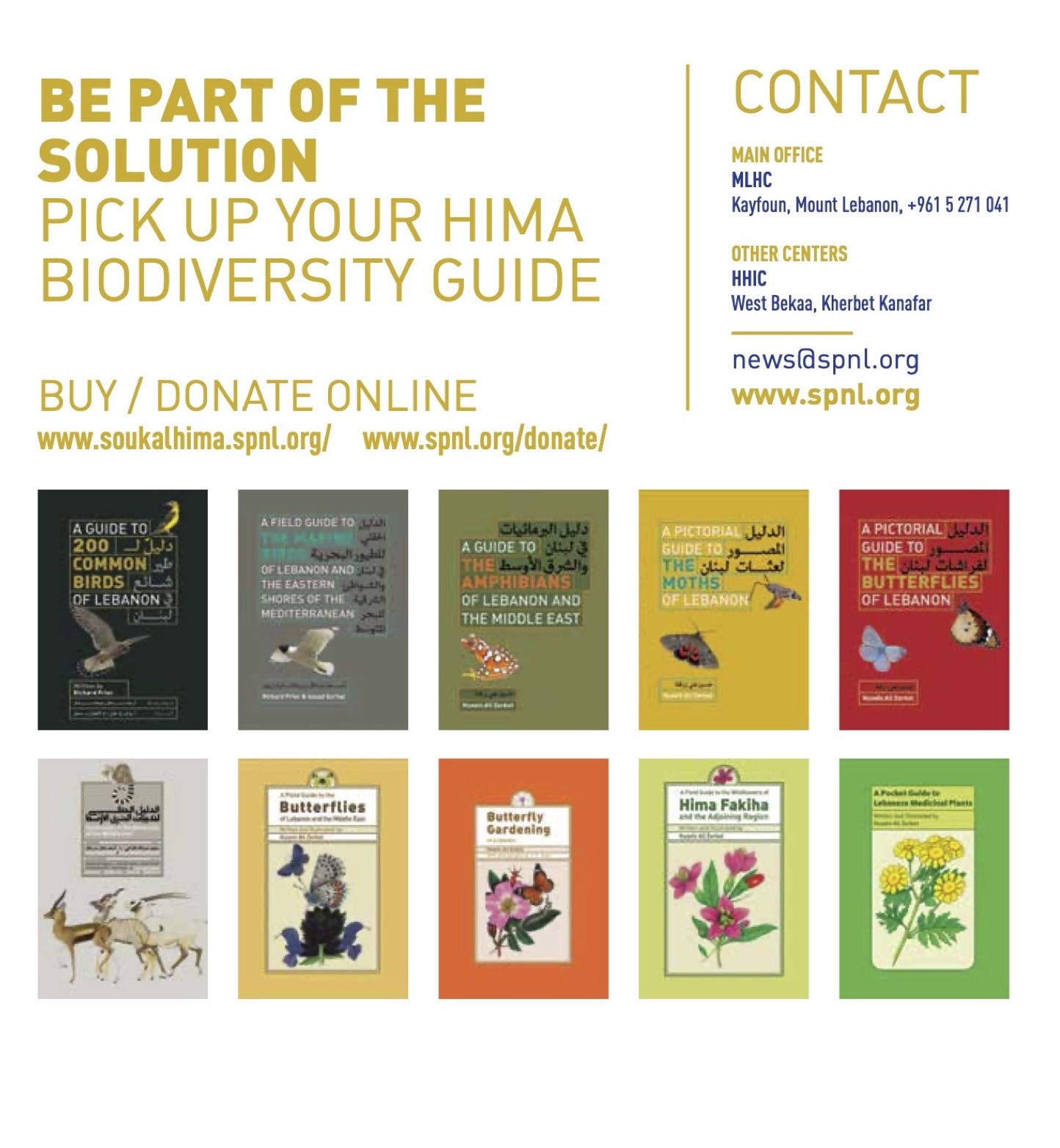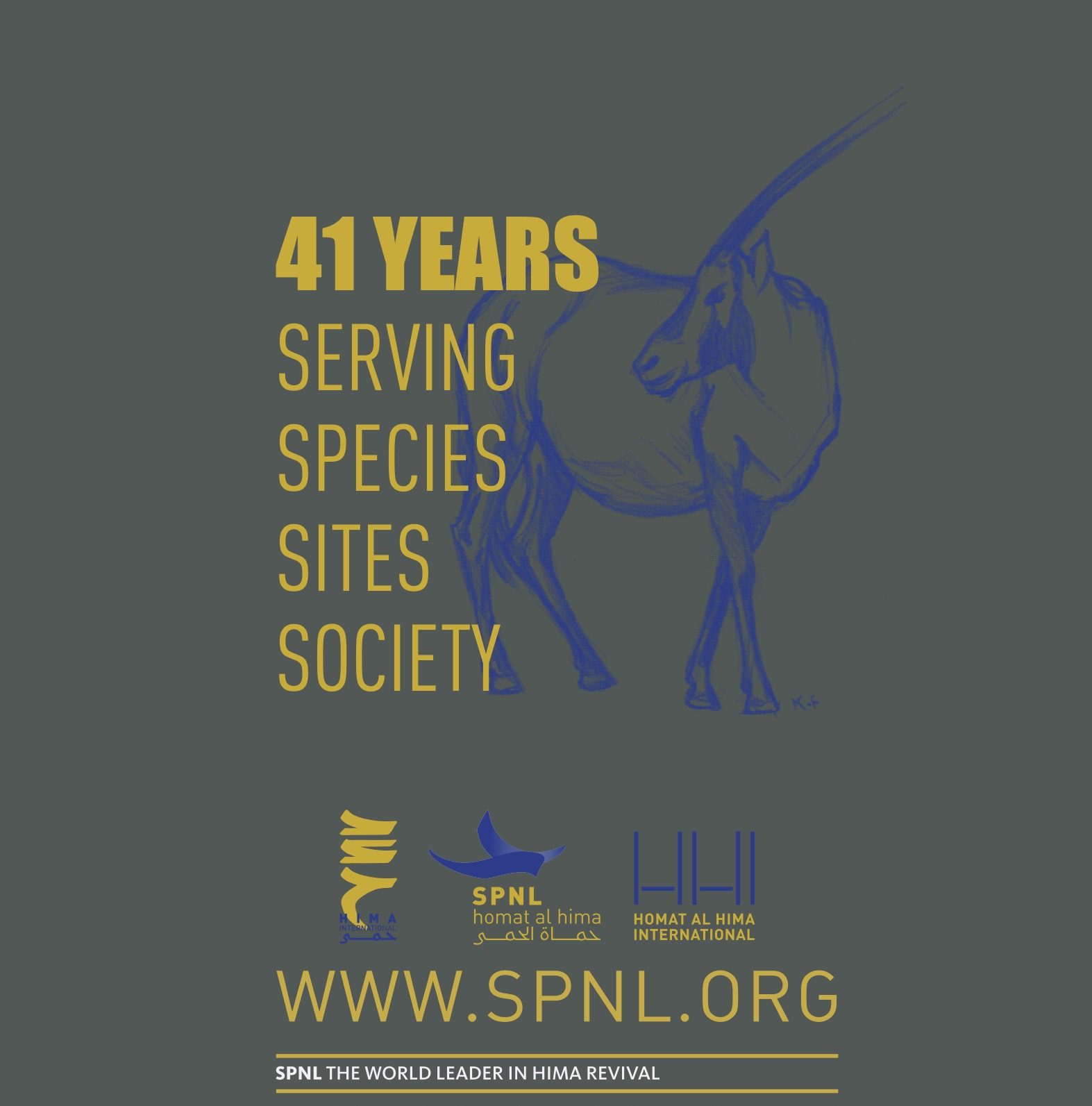A Misunderstood Bird with a Vital Role
They circle high above the savannas, deserts, and mountains, their silhouettes stark against the horizon. For centuries, vultures have been depicted as ominous birds of death—symbols of decay, misfortune, or ill omen in folklore and literature. Yet this reputation obscures the truth: vultures are among nature’s most efficient life-sustaining species. Known as “nature’s clean-up crew,” they consume carrion, prevent the spread of disease, and recycle nutrients back into ecosystems.
On Saturday, 6 September 2025, conservationists, schools, nature lovers, and communities worldwide will celebrate International Vulture Awareness Day (IVAD). More than a symbolic observance, the day is a rallying call to protect some of the most threatened birds on Earth. Across Africa, Asia, Europe, and the Americas, vulture populations face severe declines—some species have plummeted by over 90% in recent decades. IVAD brings people together to understand, appreciate, and act for these misunderstood guardians of ecological health.
Why Vultures Matter
Nature’s Clean-Up Crew
Vultures occupy a unique ecological niche. Unlike predators, they rarely hunt live prey. Instead, they specialize in rapidly consuming dead animals, which would otherwise rot, spread pathogens, and attract disease vectors. In India, studies show that after catastrophic declines in vulture numbers during the 1990s, feral dog populations exploded, leading to rabies outbreaks that cost thousands of human lives. The absence of vultures is not just an environmental problem; it is a public health crisis.
Disease Prevention
With stomach acids strong enough to neutralize anthrax, botulism, and rabies, vultures serve as natural biohazard control. By devouring carcasses within hours, they halt the chain of infection that might otherwise reach livestock, wildlife, and humans. This silent service, largely invisible to urban societies, saves billions of dollars in potential healthcare costs annually.
Cultural and Spiritual Significance
For the Zoroastrians of India, vultures once played a sacred role in “sky burials,” where bodies were placed in Towers of Silence for vultures to consume, returning the human form to the cycle of life without polluting earth or fire. In Tibet and Mongolia, similar practices reflect deep reverence for the birds. Beyond these traditions, vultures symbolize renewal—an essential reminder that death feeds life in balanced ecosystems.

The Crisis Facing Vultures
Despite their importance, vultures are among the most threatened groups of birds worldwide.
-
Poisoning: In Africa, vultures feeding on poisoned carcasses—intended to kill lions, hyenas, or stray dogs—are dying in mass numbers. One poisoned elephant carcass can kill hundreds of vultures.
-
Veterinary Drugs: In South Asia, the veterinary drug diclofenac once widely used in cattle caused kidney failure in vultures that consumed treated carcasses. This single factor led to a near-total collapse of several species, including the White-rumped and Indian Vultures.
-
Electrocution and Collisions: Power lines and wind turbines pose growing threats, particularly in migration corridors across Africa and Europe.
-
Habitat Loss: Urbanization, deforestation, and agricultural expansion reduce the safe spaces vultures need to roost and nest.
-
Persecution: In some regions, superstition paints vultures as bad omens, leading to intentional killing. In others, their body parts are sold for traditional medicine.
The result is sobering: 16 of the world’s 23 vulture species are threatened with extinction.
International Vulture Awareness Day: Origins and Purpose

IVAD began as a joint initiative of the Bird of Prey Programme in South Africa and the Hawk Conservancy Trust in the UK. Over time, it has grown into a global movement, engaging zoos, NGOs, schools, and birdwatchers. Every year on the first Saturday of September, activities highlight vulture conservation, share knowledge, and celebrate their role in ecosystems.
The official website vultureday.org offers free resources—from fact sheets and infographics to games, coloring pages, and scavenger hunts. Whether through children’s craft activities, academic lectures, or social media campaigns using #VultureDay, anyone can participate.
How the World is Celebrating in 2025
This year, organizations across continents are preparing diverse events:
-
Educational Talks and Displays: Zoos and wildlife centers are hosting talks that bust myths about vultures, coupled with live demonstrations of their unique feeding behavior.
-
Children’s Games and Crafts: Activities like vulture bingo, memory games, and connect-the-dots (featuring species such as the Californian Condor or King Vulture) are helping the next generation understand vultures as allies, not villains.
-
Art and Storytelling: Schools are incorporating coloring pages and art competitions under the theme “Nature’s Clean-up Crew.”
-
Community Science: Birdwatching groups are conducting vulture counts, contributing vital data to international monitoring efforts.
-
Global Social Media Campaigns: Using the hashtags #VultureDay and tagging @VultureDay on Instagram, individuals can share stories, images, and reflections, making vultures trend in the digital space.
Importantly, IVAD coordinators act only as facilitators—they do not organize or assume responsibility for local events. This decentralized model empowers communities to take ownership of awareness and action.
Spotlight on Vulture Species

IVAD also highlights the diversity of vultures across continents:
-
African Icons: The Lappet-faced Vulture, White-backed Vulture, and Hooded Vulture play central roles in savanna ecosystems.
-
Asian Giants: The Himalayan Griffon and Cinereous Vulture soar above high-altitude ranges.
-
New World Relatives: The Andean Condor, with a wingspan of over 3 meters, is a cultural emblem of South America; while the California Condor represents a successful, though fragile, conservation comeback.
-
Endangered Specialists: The Egyptian Vulture, famous for using tools to crack eggs, and the Bearded Vulture (Lammergeier), known for dropping bones from great heights to access marrow, showcase the birds’ intelligence and adaptability.
Each species carries its own conservation story—some tragic, others hopeful.
Conservation Efforts and Priorities
IVAD is not just about awareness; it is about mobilizing action. Conservation priorities identified by researchers and NGOs include:
-
Eliminating Poisoning: Advocating for better carcass disposal, anti-poison campaigns, and community education.
-
Safe Veterinary Practices: Promoting vulture-safe alternatives to diclofenac, such as meloxicam.
-
Power Infrastructure Design: Modifying power lines and wind turbines to reduce collision risk.
-
Protecting Nesting Sites: Establishing protected areas and community conservancies.
-
Community Engagement: Involving pastoralists, farmers, and indigenous groups as allies in conservation.
-
Captive Breeding and Release: Programs for critically endangered species like the California Condor and White-rumped Vulture are slowly rebuilding wild populations.
Why Awareness Days Matter

Critics often dismiss “awareness days” as symbolic gestures, but IVAD shows their real-world impact. By coordinating efforts globally, it amplifies voices, builds networks, and draws public and political attention to an often-overlooked crisis. For example, India’s vulture crisis spurred policy bans on diclofenac after conservation groups raised awareness at multiple levels. Similarly, transnational cooperation between Africa and Europe has improved monitoring of migratory routes.
How You Can Take Action
Whether you are a teacher, student, birdwatcher, or simply curious, IVAD provides practical ways to get involved:
-
Organize a Local Event: Host a talk at your school, library, or community center.
-
Use Creative Resources: Download fact sheets, infographics, and coloring pages to share with children.
-
Participate Online: Post photos, drawings, or facts on social media with #VultureDay.
-
Support Conservation NGOs: Donate or volunteer with organizations working on the frontlines.
-
Adopt Vulture-Friendly Practices: If you are a farmer or veterinarian, advocate for safe practices that protect vultures.
Every small action contributes to a larger movement.
From Villains to Heroes
Vultures are not harbingers of doom, but heralds of ecological balance. They remind us that even the most maligned creatures have irreplaceable roles in sustaining life. As we celebrate International Vulture Awareness Day on 6 September 2025, let us replace fear with respect, and apathy with action.
The survival of vultures is not just about saving a bird group—it is about safeguarding ecosystems, public health, and cultural heritage. In recognizing their true value, we also affirm our own responsibility as stewards of the planet.
So, the next time you see a vulture circling in the sky, don’t think of death. Think of renewal, resilience, and the silent guardianship that keeps our world alive.






